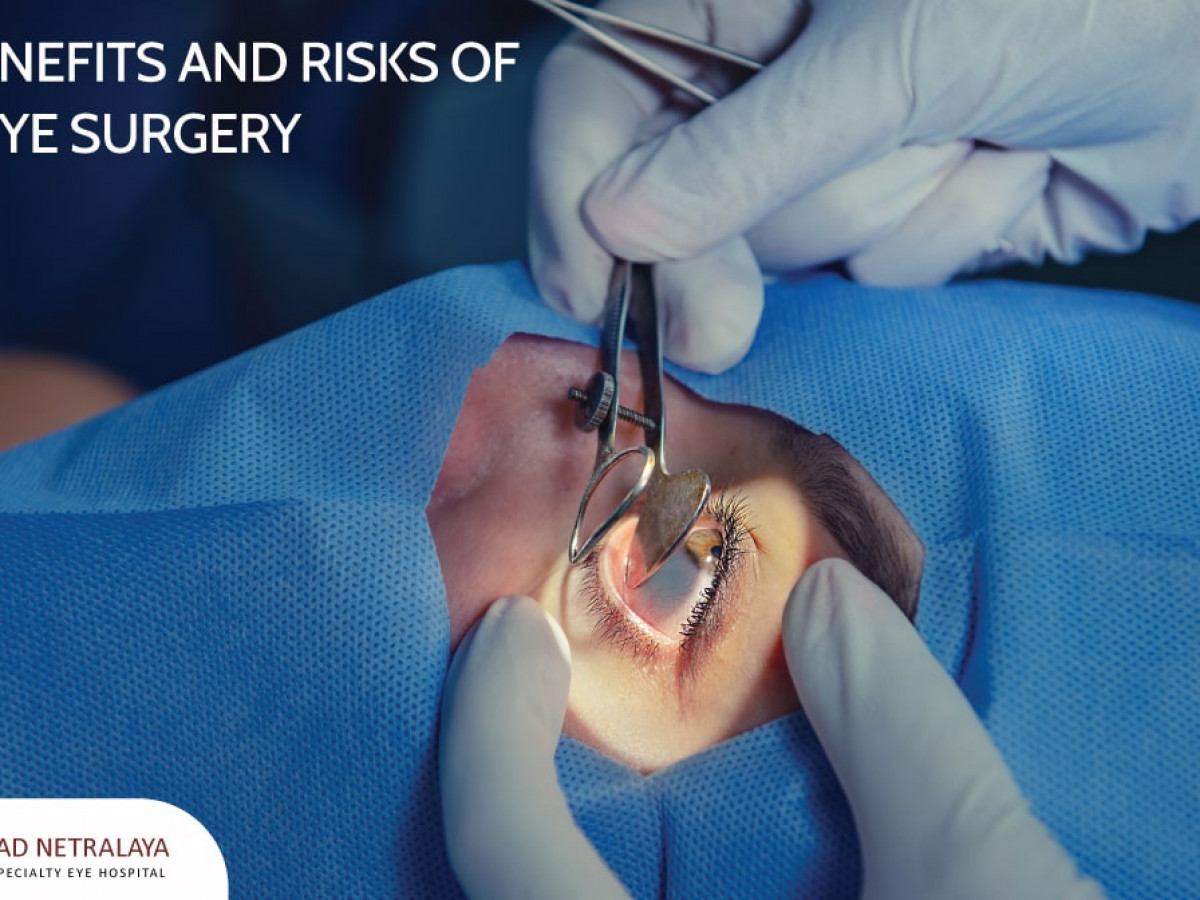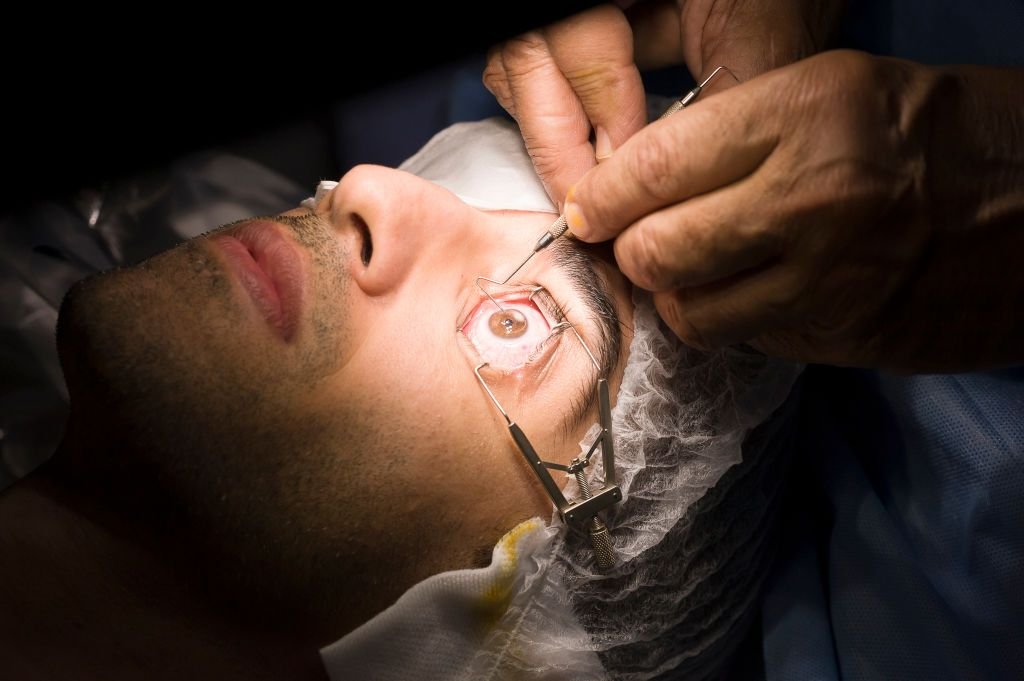A Comprehensive Appearance at the Different Eye Surgery Procedures Used by Experienced Optometrist
In the realm of ophthalmology, the landscape of eye surgical procedure treatments provided by experienced eye doctors is as varied as it is advanced. From the extensively identified LASIK eye surgical treatment to the much less familiar refractive lens exchange, each procedure holds the promise of vision adjustment and enhancement.

LASIK Eye Surgery
The precision of LASIK eye surgical treatment supplies individuals a transformative service for vision correction supplied by skilled ophthalmologist. LASIK, which represents Laser-Assisted In Situ Keratomileusis, is a preferred refractive surgical procedure that improves the cornea to resolve typical vision problems such as farsightedness, nearsightedness, and astigmatism. This outpatient treatment utilizes an extremely specialized laser to specifically remove microscopic quantities of cells from the cornea, permitting boosted focusing power and clearer vision without the requirement for glasses or contact lenses.
Throughout the LASIK treatment, the eye doctor creates a slim flap on the cornea using a microkeratome or a femtosecond laser. With its high success rate and quick recovery time, LASIK eye surgical procedure has come to be a trusted method for attaining lasting vision improvement (Tallahassee Eye Doctors).
PRK Treatment
An extremely effective choice to LASIK eye surgery is the PRK treatment, understood for its effective outcomes in vision adjustment. PRK, or Photorefractive Keratectomy, is a kind of refractive surgical treatment that improves the cornea to correct refractive mistakes such as astigmatism, nearsightedness, and farsightedness.
Throughout the PRK procedure, the external layer of the cornea, called the epithelium, is removed to access the underlying corneal tissue. Unlike LASIK, which produces a flap in the cornea, PRK directly improves the surface area of the cornea. Tallahassee Ophthalmologist. This makes PRK an appropriate option for patients with slim corneas or other corneal abnormalities that may avoid them from undergoing LASIK
Adhering to the elimination of the epithelium, an excimer laser is used to sculpt the cornea to the desired form, fixing the refractive error. The epithelium restores naturally over a couple of days after the procedure. While the recuperation time for PRK is normally much longer compared to LASIK, several patients accomplish exceptional visual outcomes with this treatment. PRK is a effective and secure choice for individuals looking for to minimize or remove their reliance on restorative lenses.
Cataract Surgical Treatment
Cataract surgical procedure is a common procedure done to remove the cloudy lens of the eye and change it with a clear man-made lens. This surgery is normally done on an outpatient basis and is extremely successful in recovering vision. The cloudy lens, which is called a cataract, creates progressively and can trigger obscured vision, difficulty seeing in the evening, and sensitivity to light.
During the cataract surgery procedure, the eye doctor makes a Check Out Your URL small cut in the eye and uses ultrasound modern technology to separate the cloudy lens. The fragmented lens is then gently sucked out, and a man-made intraocular lens (IOL) is placed in its place. This IOL assists to focus light onto the retina, boosting vision.
Individuals undergoing cataract surgery are usually awake during the treatment, which usually lasts around 15-30 minutes. Recovery time is relatively quick, with many people seeing boosted vision within a few days. It is important to adhere to post-operative treatment instructions supplied by the eye cosmetic surgeon to make sure ideal recovery and vision results.
Refractive Lens Exchange
Refractive Lens Exchange, likewise understood as lens substitute surgery, is a procedure that includes eliminating the eye's natural lens and replacing it with a synthetic lens to fix vision troubles. This surgical method is primarily used to treat presbyopia, serious hyperopia (farsightedness), and other refractive errors that can not be sufficiently attended to with conventional techniques like glasses or contact lenses. During the procedure, the natural lens is commonly replaced with a premium intraocular lens (IOL) that can deal with refractive errors and, in many cases, also prevent the development of cataracts in the future. Refractive Lens Exchange is taken into consideration a efficient and risk-free option for individuals looking for to lower their dependence on rehabilitative eyeglasses and boost their total high quality of vision. By consulting with a skilled ophthalmologist, clients can identify if they appropriate candidates for this sort of surgical procedure and go over the prospective advantages and risks related to the treatment.
Corneal Transplant
Having addressed refractive errors use this link with treatments like lens substitute surgical treatment, experienced eye doctors also supply corneal transplants as a service for certain eye conditions. A corneal transplant, also called corneal grafting, entails changing a harmed or unhealthy cornea with a healthy contributor cornea to improve vision. This procedure is commonly recommended for people with problems such as keratoconus, corneal scarring, corneal ulcers, or corneal thinning.
Throughout a corneal transplant, the ophthalmic specialist gets rid of the main portion of the harmed cornea and replaces it with a benefactor cornea that is carefully matched for shapes and size. There are different kinds of corneal transplants, including permeating keratoplasty, where the entire density of the cornea is changed, and partial density transplants like Descemet's removing computerized endothelial keratoplasty (DSAEK) or Descemet's membrane layer endothelial keratoplasty (DMEK), which change only the internal layers of the cornea.
:max_bytes(150000):strip_icc()/laser_eye_surgery-a7551adb99784add9e388179cc68b3c7.jpg)
Final Thought

In the realm of ophthalmology, the landscape of eye surgical treatment treatments offered by knowledgeable eye doctors is as varied as it is advanced.The precision of LASIK eye surgery provides clients a transformative solution for vision modification offered by experienced eye physicians.Refractive Lens Exchange, likewise known as lens substitute surgical treatment, is a treatment that involves removing the eye's natural lens and replacing it with a man-made lens to deal with vision troubles.Having actually dealt with refractive mistakes with treatments like lens substitute surgery, competent eye physicians also offer corneal transplants as a solution for particular eye conditions.In verdict, experienced eye doctors provide a selection of eye surgical procedure treatments consisting of LASIK, PRK, cataract surgical procedure, refractive lens exchange, and corneal transplant.